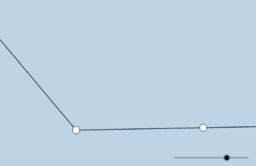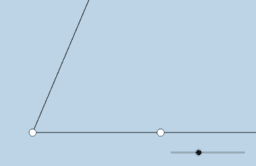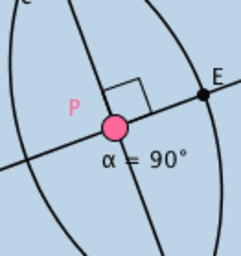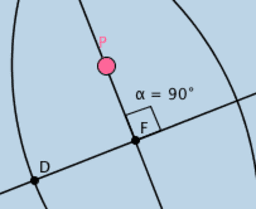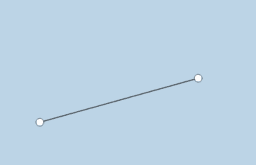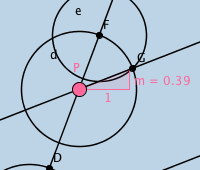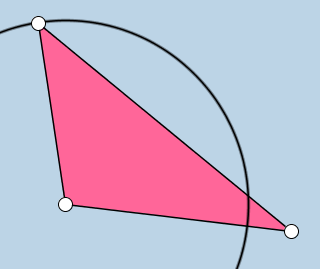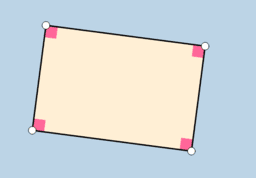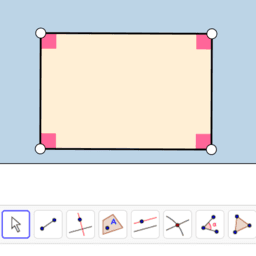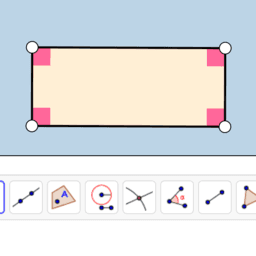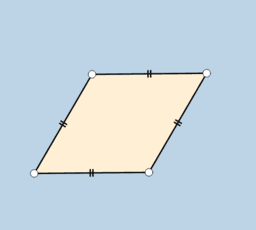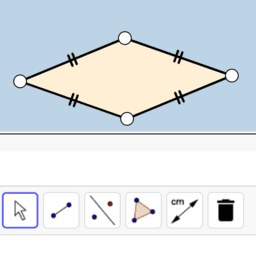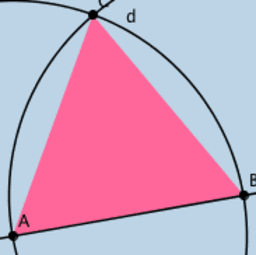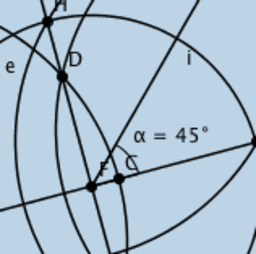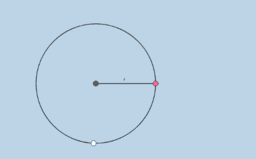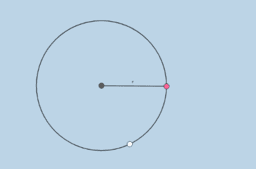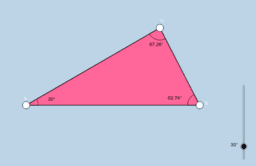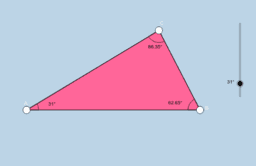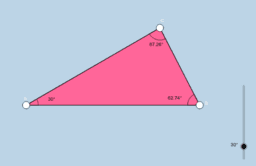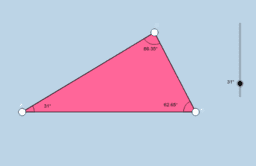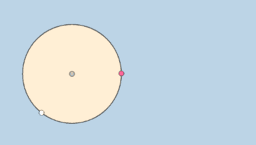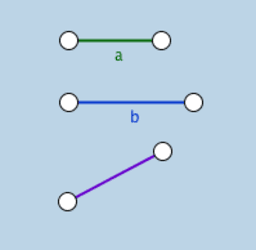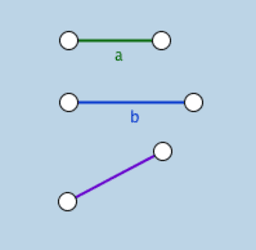개요
Constructions (Compass & Straightedge)
Strand 2: Geometry and Trigonometry
Topic Description of topic
Students learn about
Learning outcomes
Students should be able to
2.1 Synthetic
geometry
Concepts (see Geometry Course section 9.1 for OL and 10.1 for
HL)
Axioms (see Geometry Course section 9.3 for OL and 10.3 for
HL):
1. [Two points axiom] There is exactly one line through any two
given points.
2. [Ruler axiom] The properties of the distance between points
3. [Protractor Axiom] The properties of the degree measure of
an angle
4. Congruent triangles (SAS, ASA and SSS)
5. [Axiom of Parallels] Given any line l and a point P, there is
exactly one line through P that is parallel to l.
Theorems: [Formal proofs are not examinable at OL.
Formal proofs of theorems 4, 6, 9, 14 and 19 are
examinable at HL.]
1. Vertically opposite angles are equal in measure.
2. In an isosceles triangle the angles opposite the equal sides
are equal. Conversely, if two angles are equal, then the
triangle is isosceles.
3. If a transversal makes equal alternate angles on two lines
then the lines are parallel, (and converse).
4. The angles in any triangle add to 180˚.
5. Two lines are parallel if and only if, for any transversal, the
corresponding angles are equal.
6. Each exterior angle of a triangle is equal to the sum of the
interior opposite angles.
9. In a parallelogram, opposite sides are equal and opposite
angles are equal (and converses).
10. The diagonals of a parallelogram bisect each other.
11. I f three parallel lines cut off equal segments on some
transversal line, then they will cut off equal segments on
any other transversal.
12. L et ABC be a triangle. If a line l is parallel to BC and cuts
[AB] in the ratio s:t, then it also cuts [AC] in the same
ratio (and converse).
13. If two triangles are similar, then their sides are proportional, in
order (and converse).
14. [Theorem of Pythagoras] In a right-angled triangle the
square of the hypotenuse is the sum of the squares of the
other two sides.
15. If the square of one side of a triangle is the sum of the
squares of the other two sides, then the angle opposite the
first side is a right angle.
19. T he angle at the centre of a circle standing on a given arc
is twice the angle at any point of the circle standing on
the same arc.
− recall the axioms and use
them in the solution of
problems
− use the terms: theorem,
proof, axiom, corollary,
converse and implies
− apply the results of all
theorems, converses and
corollaries to solve problems
− prove the specified
theorems
Description of topic
Students learn about
Learning outcomes
Students should be able to
Corollaries:
1. A diagonal divides a parallelogram into 2
congruent triangles.
2. A ll angles at points of a circle, standing on the
same arc, are equal, (and converse).
3. Each angle in a semi-circle is a right angle.
4. If the angle standing on a chord [BC] at some point
of the circle is a right-angle, then [BC] is a diameter.
5. I f ABCD is a cyclic quadrilateral, then opposite
angles sum to 180˚, (and converse).
Constructions:
1. Bisector of a given angle, using only compass and
straight edge.
2. Perpendicular bisector of a segment, using only
compass and straight edge.
3. L ine perpendicular to a given line l, passing
through a given point not on l.
4. Line perpendicular to a given line l, passing through
a given point on l.
5. Line parallel to a given line, through a given point.
6. Division of a line segment into 2 or 3 equal
segments, without measuring it.
7. Division of a line segment into any number of
equal segments, without measuring it.
8. Line segment of a given length on a given ray.
9. Angle of a given number of degrees with a given ray
as one arm.
10. Triangle, given lengths of three sides
11. Triangle, given SAS data
12. Triangle, given ASA data
13. Right-angled triangle, given the length of the
hypotenuse and one other side.
14. Right-angled triangle, given one side and one of the
acute angles (several cases).
15. Rectangle, given side lengths.
− complete the constructions specified

